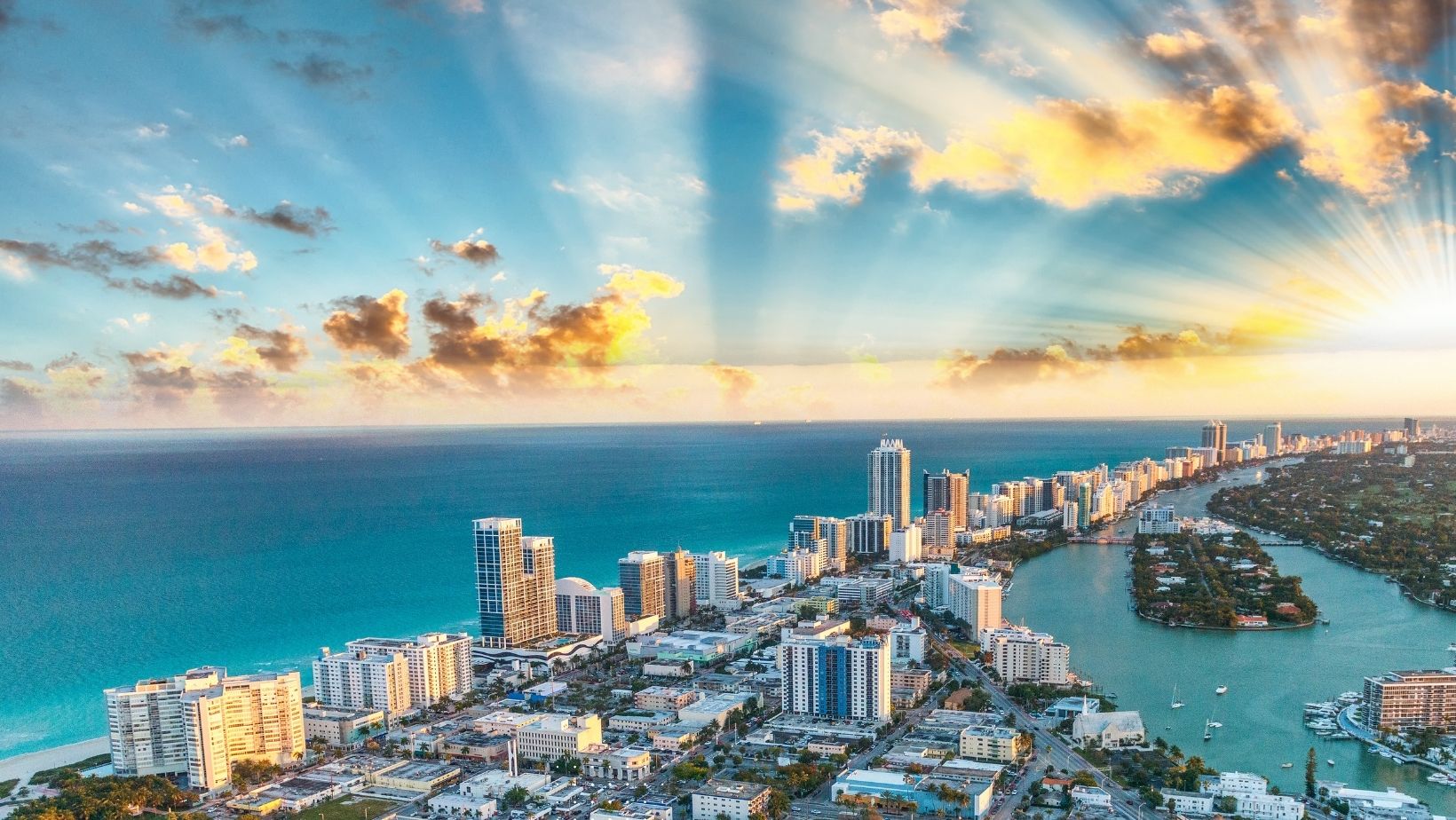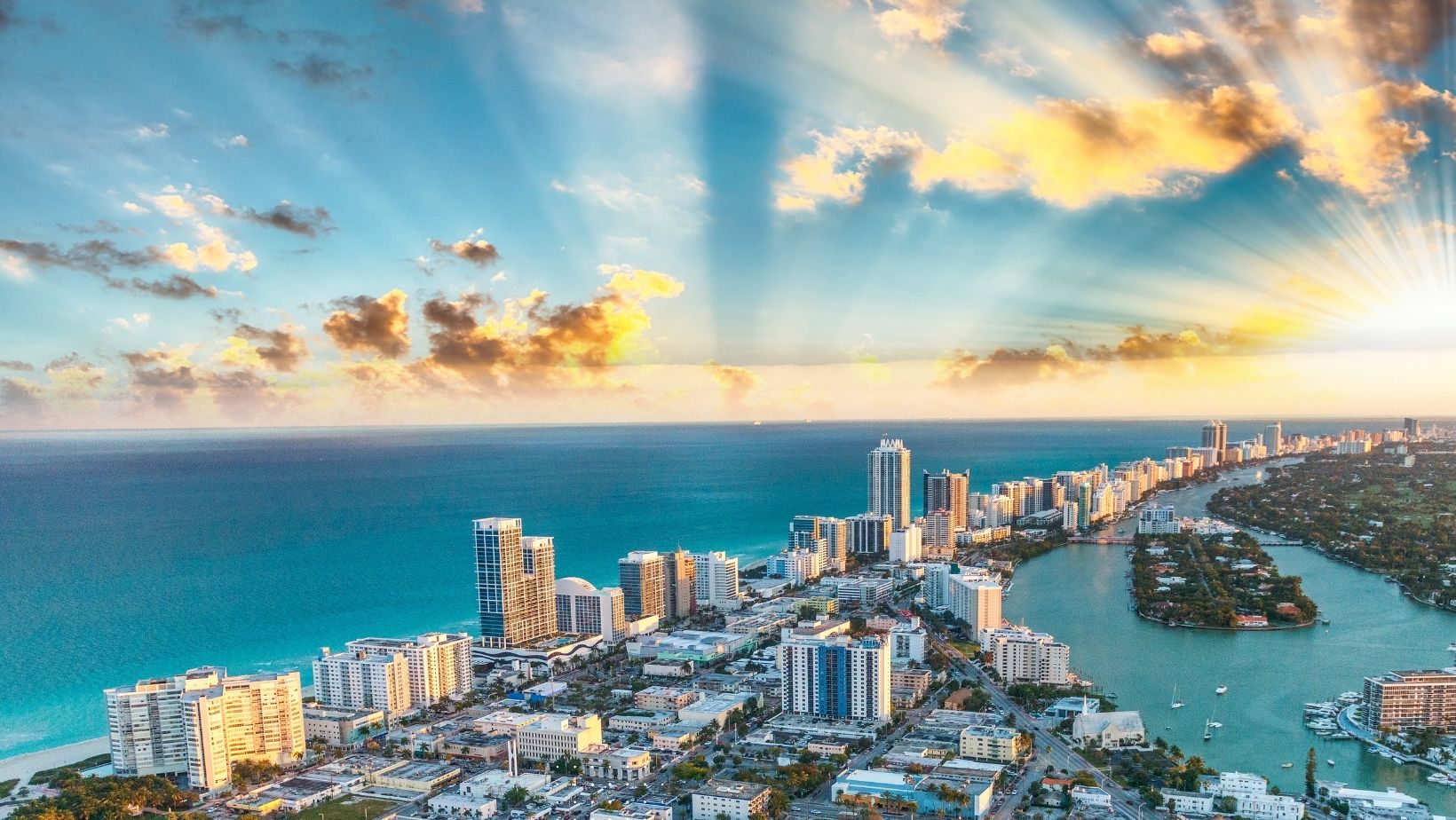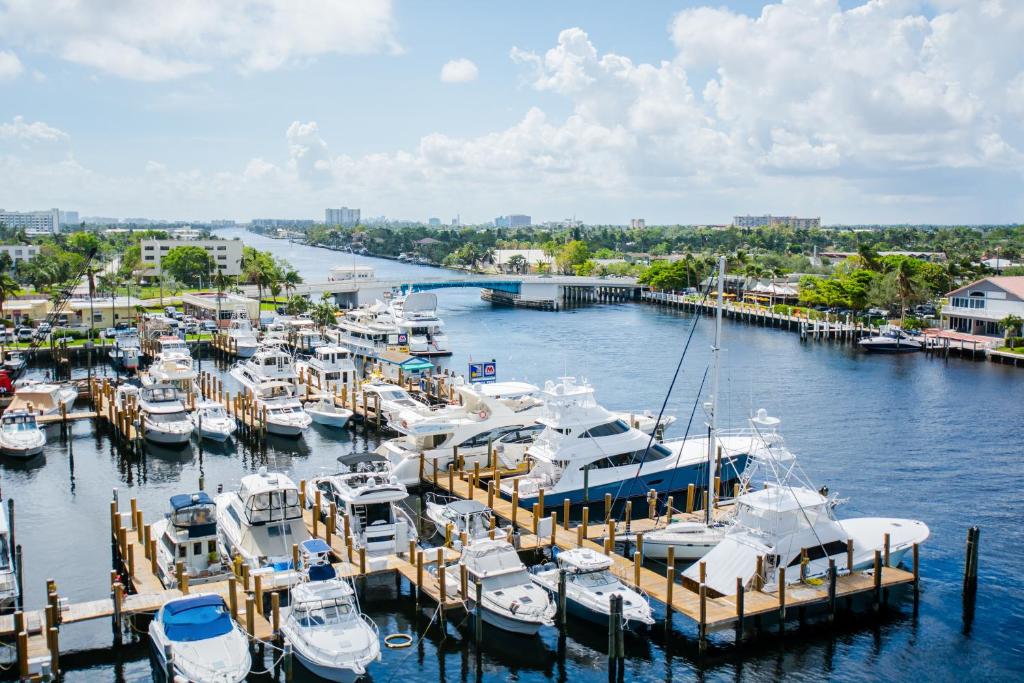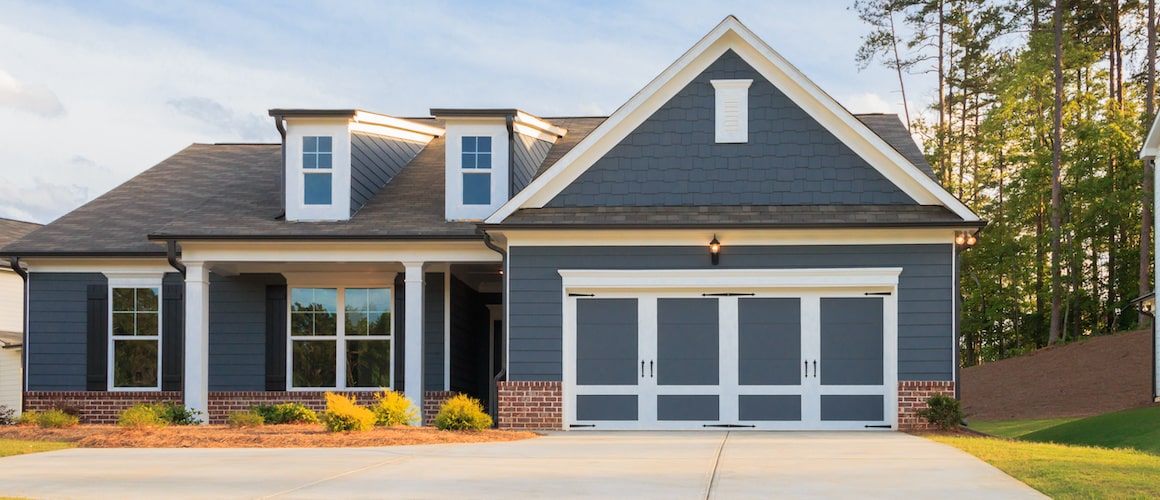Miami Real Estate in 2025: 7 Transformative Trends Reshaping South Florida's Market
The Evolving Landscape of Miami Real Estate
The South Florida real estate market is undergoing significant transformation in 2025, characterized by a dynamic blend of luxury developments, affordable housing initiatives, and strategic urban expansion. Despite persistent challenges like elevated construction costs and insurance premium increases, the market continues to adapt and innovate to meet diverse housing needs.
From the revival of iconic properties like the Deauville Hotel in Miami Beach to new workforce housing developments designed to address affordability concerns, developers and city planners are reshaping Miami's residential and commercial landscape. These changes reflect broader economic trends and demographic shifts as the region continues to attract both wealthy investors and working professionals seeking opportunity in the Sunshine State.
Luxury Market Expansion: High-End Properties Reaching New Heights
The luxury segment of Miami's real estate market is experiencing remarkable growth, with new high-end developments stretching beyond traditional upscale neighborhoods. In Pompano Beach, a coastal Broward city in the midst of a building transformation, a partnership between Related Group and BH Group is set to deliver the W Pompano Beach Hotel & Residences—a 24-story luxury tower spanning nearly four beachfront acres.
Managed by the prestigious W Hotels chain, this development represents the continued northward expansion of ultra-luxury properties in South Florida. With construction scheduled to begin in 2027 and condominiums starting at an eye-popping $3.1 million, this project demonstrates strong confidence in the region's high-end market despite economic uncertainties elsewhere.
This luxury boom extends to Miami Beach, where the iconic but demolished Deauville Hotel is poised for an ambitious resurrection. According to Miami Beach Vice-Mayor Tanya Bhatt, the reconstruction will "improve the quality of life for every resident of North Beach," suggesting that well-designed luxury developments can contribute positively to their surrounding communities when thoughtfully implemented.
Affordable Solutions: Addressing South Florida's Housing Crisis
As South Florida residents continue to face the highest rent burden in the nation, developers and municipalities are forming strategic partnerships to increase the availability of quality affordable housing. In Fort Lauderdale, Affiliated Development's new project called "The Era" aims to provide "luxury affordable housing" to the city's essential workforce—a concept that challenges traditional perceptions about subsidized housing.
These workforce housing developments represent a crucial intervention in a market where middle-income earners and essential workers increasingly struggle to find housing near their workplaces. By combining private capital with public incentives, these projects offer subsidized units in developments with amenities comparable to market-rate properties, all while maintaining proximity to transit corridors and employment centers.
In Miami's Little River-Little Haiti neighborhood, a massive redevelopment plan recently received approval after increasing its affordable housing component. The ambitious project includes a Main Street-style commercial and residential district alongside a new Tri-Rail commuter station, promising to transform a broad area of the urban core. According to the developer, "Everyone for 20 blocks in every direction is going to gain a lot from this," highlighting the potential for well-designed housing developments to catalyze neighborhood improvement.
Pushing Boundaries: Suburban Expansion and Mixed-Use Communities
Miami-Dade County's Urban Development Boundary (UDB)—the invisible line designed to control sprawl and protect agricultural land—is facing new pressure as housing demand continues to increase. In a notable departure from typical controversy surrounding boundary adjustments, county commissioners recently approved a 20-acre expansion in South Miami-Dade near U.S. 1 with minimal opposition.
This relatively smooth approval process may signal a shifting attitude toward strategic growth outside traditional urban cores, particularly when developments incorporate mixed-use elements and transit connectivity. As central neighborhoods become increasingly expensive, these edge developments offer potentially more affordable options for families and individuals willing to accept slightly longer commutes in exchange for newer housing stock.
The trend toward suburban expansion reflects the persistent challenge of accommodating population growth while maintaining quality of life in South Florida. Mixed-use communities that combine residential, commercial, and recreational spaces represent a compromise between density advocates and those seeking more spacious living arrangements.
Market Realities: Prices, Sales Volume, and Regulatory Changes
The question on many potential buyers' minds remains: Is Miami becoming even more expensive? Recent market data confirms that acquisition costs across South Florida continue to trend upward, though with significant variation between single-family homes and condominiums. While single-family home prices maintain their upward trajectory, the condo market displays greater volatility, with some segments experiencing decreased sales volume.
Beyond pricing concerns, regulatory changes are reshaping how real estate transactions occur. Federal authorities have issued warnings about exclusive broker arrangements that may limit competition and potentially violate antitrust regulations. These regulatory interventions reflect growing concern about market practices that could artificially inflate costs or reduce consumer options.
For prospective buyers and sellers, understanding these market dynamics and regulatory shifts is essential for making informed decisions. The complex interplay between supply constraints, demand pressures, and regulatory oversight continues to shape transaction costs and processes throughout the region.
Insights: What You Need to Know About Miami Real Estate in 2025
How is Miami addressing its affordable housing crisis?
Miami is tackling affordability through public-private partnerships that deliver workforce housing developments like "The Era" in Fort Lauderdale. These projects offer subsidized units with quality amenities near transit and employment centers. Additionally, major developments like the Little River-Little Haiti project are incorporating affordable housing components as conditions for approval, increasing the supply of below-market units in desirable locations.
Will Miami's luxury market continue to expand despite economic uncertainty?
The luxury segment shows remarkable resilience, with projects like the $3.1 million-minimum W Pompano Beach condominiums moving forward. Developers continue to bet big on South Florida's appeal to high-net-worth individuals, both domestically and internationally. However, construction timelines extending into 2027 suggest cautious optimism rather than unbridled confidence in immediate market conditions.
Are Miami's suburbs seeing significant development?
Yes, suburban expansion is accelerating, particularly near established transportation corridors. The recent, relatively uncontested expansion of Miami-Dade's Urban Development Boundary indicates growing acceptance of strategic growth outside traditional urban cores. These suburban developments increasingly feature mixed-use elements rather than simple residential subdivisions, reflecting changing preferences among homebuyers seeking walkable communities with nearby amenities.
How might the reconstruction of iconic properties like the Deauville impact surrounding neighborhoods?
Historic reconstructions like the Deauville Hotel project represent more than just building replacement—they often serve as catalysts for broader neighborhood revitalization. According to Miami Beach officials, these flagship developments improve area property values while preserving architectural heritage. The economic impact extends beyond the immediate project to surrounding businesses that benefit from increased visitor traffic and resident spending power.
What factors continue to challenge Miami's housing market?
Despite positive developments, several challenges persist: elevated construction costs, increasing insurance premiums (particularly for coastal properties), and regulatory complexity. These factors contribute to higher development costs that ultimately affect housing affordability across all segments. Climate resilience requirements, while necessary, add another layer of expense that developers must incorporate into project budgets.
As Miami's real estate landscape continues evolving throughout 2025, these diverse trends illustrate a market in transition—balancing luxury appeal with affordability concerns while expanding beyond traditional boundaries to accommodate sustained population growth.













